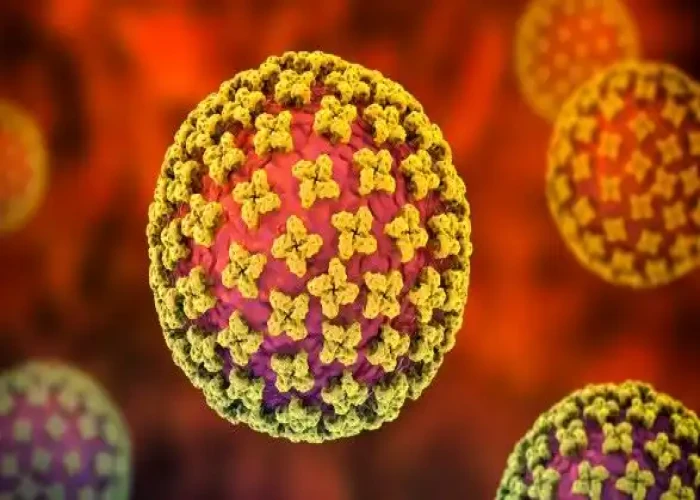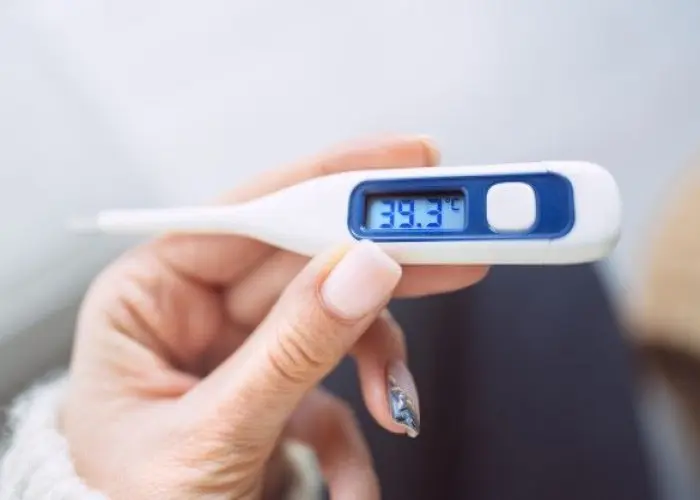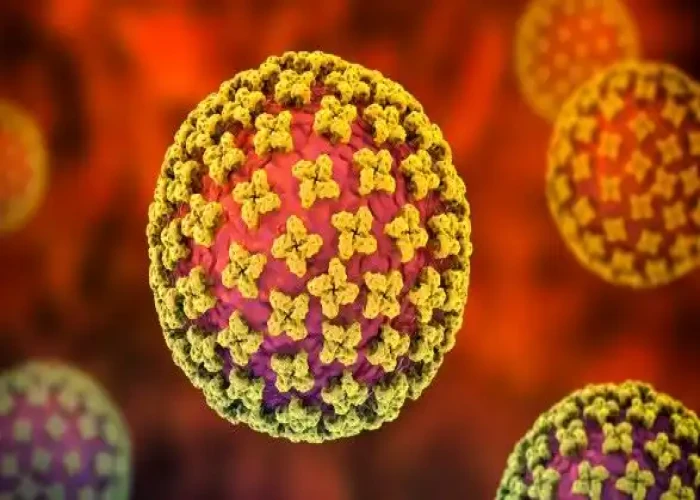 Welcome
Welcome
“May all be happy, may all be healed, may all be at peace and may no one ever suffer."
Viral hemorrhagic fevers

Viral hemorrhagic fevers (VHFs) are a group of viral infections that can cause severe and often life-threatening disease in humans. These viruses are usually found in animals, particularly rodents and arthropods, and can be transmitted to humans through direct contact with infected animals, their excreta or fluids, or by bites from infected arthropods such as mosquitoes or ticks. Person-to-person transmission can also occur through contact with bodily fluids of infected individuals.
Some of the most well-known viral hemorrhagic fevers include Ebola virus disease, Marburg virus disease, Lassa fever, and yellow fever. These infections typically cause high fever, severe headache, muscle aches, vomiting, diarrhea, and internal and external bleeding. The severity of the disease can vary widely depending on the type of virus and the individual's immune response.
There is no specific treatment or cure for viral hemorrhagic fevers, and treatment is generally supportive. Care may involve managing symptoms, such as fever and pain, and providing fluids and electrolytes to prevent dehydration. In some cases, antiviral medications may be used.
Preventing the spread of VHFs involves avoiding contact with infected animals and their excreta or fluids, using personal protective equipment such as gloves and masks when in contact with infected individuals, and taking measures to control the spread of arthropod-borne infections such as mosquito control. Vaccines are available for some viral hemorrhagic fevers, including yellow fever, but not for others such as Ebola and Marburg viruses.
Research Papers
Disease Signs and Symptoms
- Fever
- Kidney failure
- Coma
- Diarrhea
- Nausea or vomiting
- Joint pain
- Bone pain
- Muscle pain
- Dizziness (vertigo)
- Weakness
- Fatigue (Tiredness)
- Liver failure
Disease Causes
Viral hemorrhagic fevers
Viral hemorrhagic fevers are spread by contact with infected animals or insects. The viruses that cause viral hemorrhagic fevers live in a variety of animal and insect hosts. Most commonly the hosts include mosquitoes, ticks, rodents or bats.
Some viral hemorrhagic fevers can also be spread from person to person.
How is it transmitted?
Some viral hemorrhagic fevers are spread by mosquito or tick bites. Others are spread by contact with infected body fluids, such as blood, saliva or semen. A few varieties can be inhaled from infected rat feces or urine.
If you travel to an area where a particular hemorrhagic fever is common, you can be infected there but not develop symptoms until after you return home. Depending on the type of virus, it can take from two to 21 days for symptoms to develop.
Disease Prevents
Viral hemorrhagic fevers
Preventing viral hemorrhagic fevers is challenging. If you live in, work in or travel to areas where these diseases are common, protect yourself from infection by using appropriate protective barriers when working with blood or body fluids. For example, wear gloves and eye and face shields. Precautions also include careful handling, disinfection and disposal of lab specimens and waste.
Get vaccinated
The yellow fever vaccine is generally considered safe and effective. However, in rare cases, serious side effects can occur. The yellow fever vaccine isn't recommended for children younger than 9 months of age; pregnant women, especially during the first trimester; or people with compromised immune systems.
There's also an Ebola vaccination that protects against one type of Ebola. Check with the Centers for Disease Control and Prevention about the status of the countries you're visiting — some require certificates of vaccination for entry.
Avoid mosquitoes and ticks
Do your best to avoid these insects, especially when traveling in areas where there are outbreaks of viral hemorrhagic fevers. Wear light-colored long pants and long-sleeved shirts or, better yet, permethrin-coated clothing. Don't apply permethrin directly to the skin.
Avoid being outside, if possible, at dusk and dawn when mosquitoes are most active, and apply mosquito repellent with a 20% to 25% concentration of DEET to your skin and clothing. If you're staying in tented camps or in hotels, use bed nets and mosquito coils.
Guard against rodents
If you live where there are outbreaks of viral hemorrhagic fevers, take steps to keep rodents out of your home:
- Keep pet food covered and stored in rodent-proof containers.
- Store trash in rodent-proof containers, and clean the containers often.
- Dispose of garbage regularly.
- Make sure doors and windows have tightfitting screens.
- Keep woodpiles, stacks of bricks and other materials at least 100 feet from your house.
- Mow your grass closely and keep brush trimmed to within 100 feet of your house.
Disease Treatments
Supportive care is essential. To prevent dehydration, you might need fluids to help maintain your balance of electrolytes — minerals that are critical to nerve and muscle function.
Surgical and other procedures
Some people might benefit from kidney dialysis, which removes wastes from your blood when your kidneys fail.
Disease Diagnoses
Disease Allopathic Generics
Disease Ayurvedic Generics
Disease Homeopathic Generics
Disease yoga
Viral hemorrhagic fevers and Learn More about Diseases

Shellfish allergy

Intermittent explosive disorder

Stevens-Johnson syndrome

Hangovers

Melanoma

Latex allergy

Fever

Scabies
viral hemorrhagic fevers, ভাইরাল হেমোরজিক ফিভার
To be happy, beautiful, healthy, wealthy, hale and long-lived stay with DM3S.
